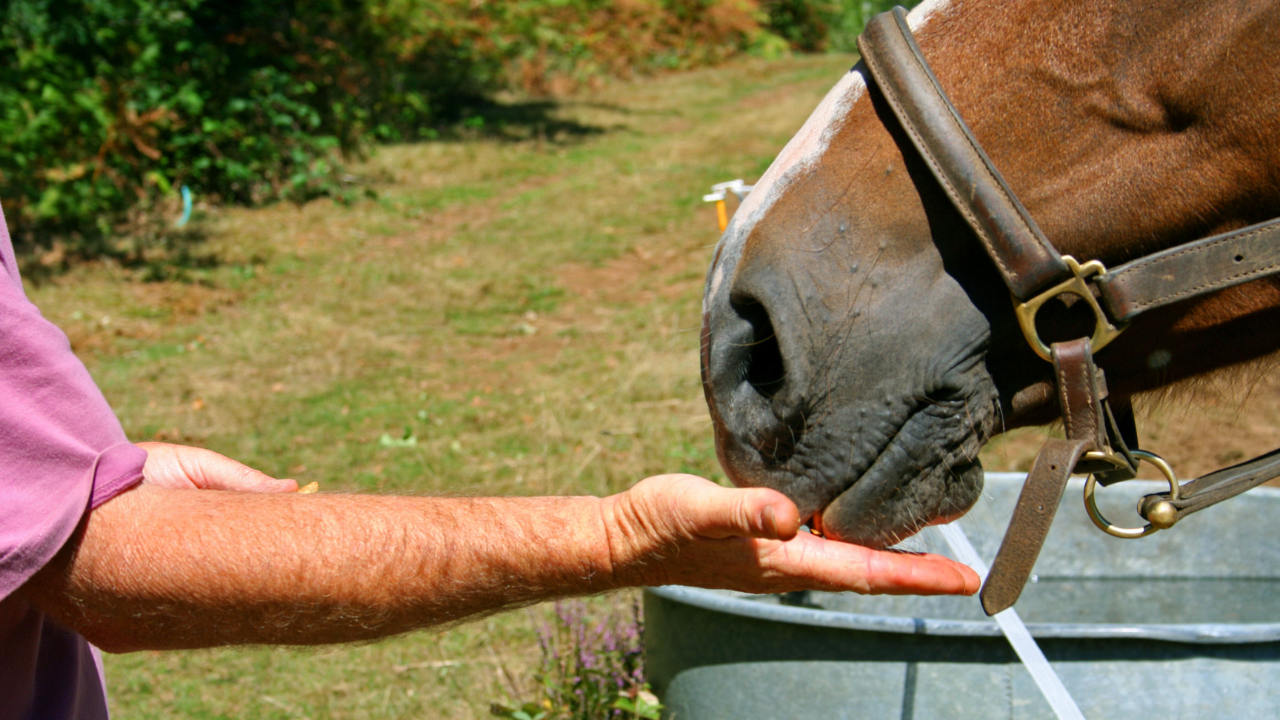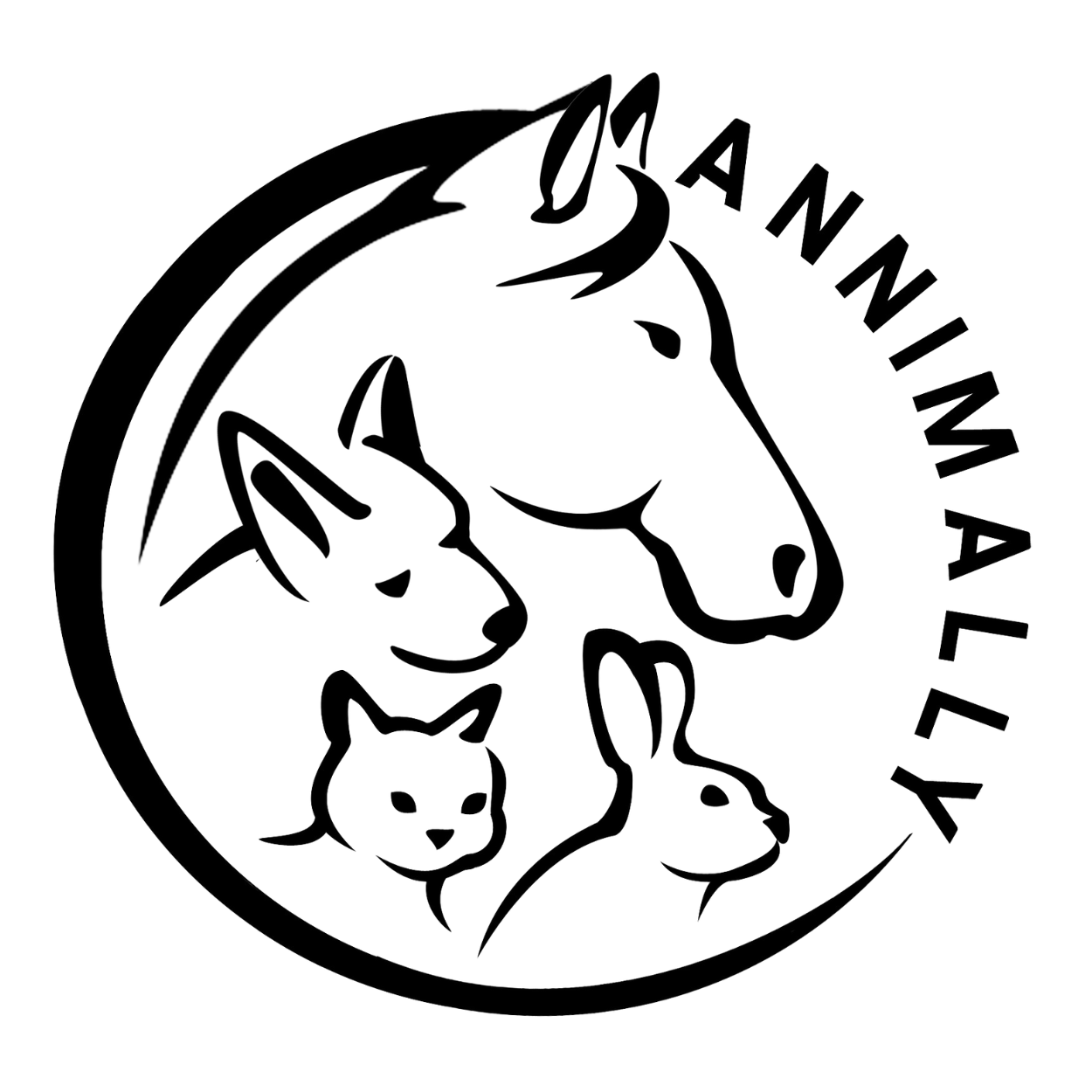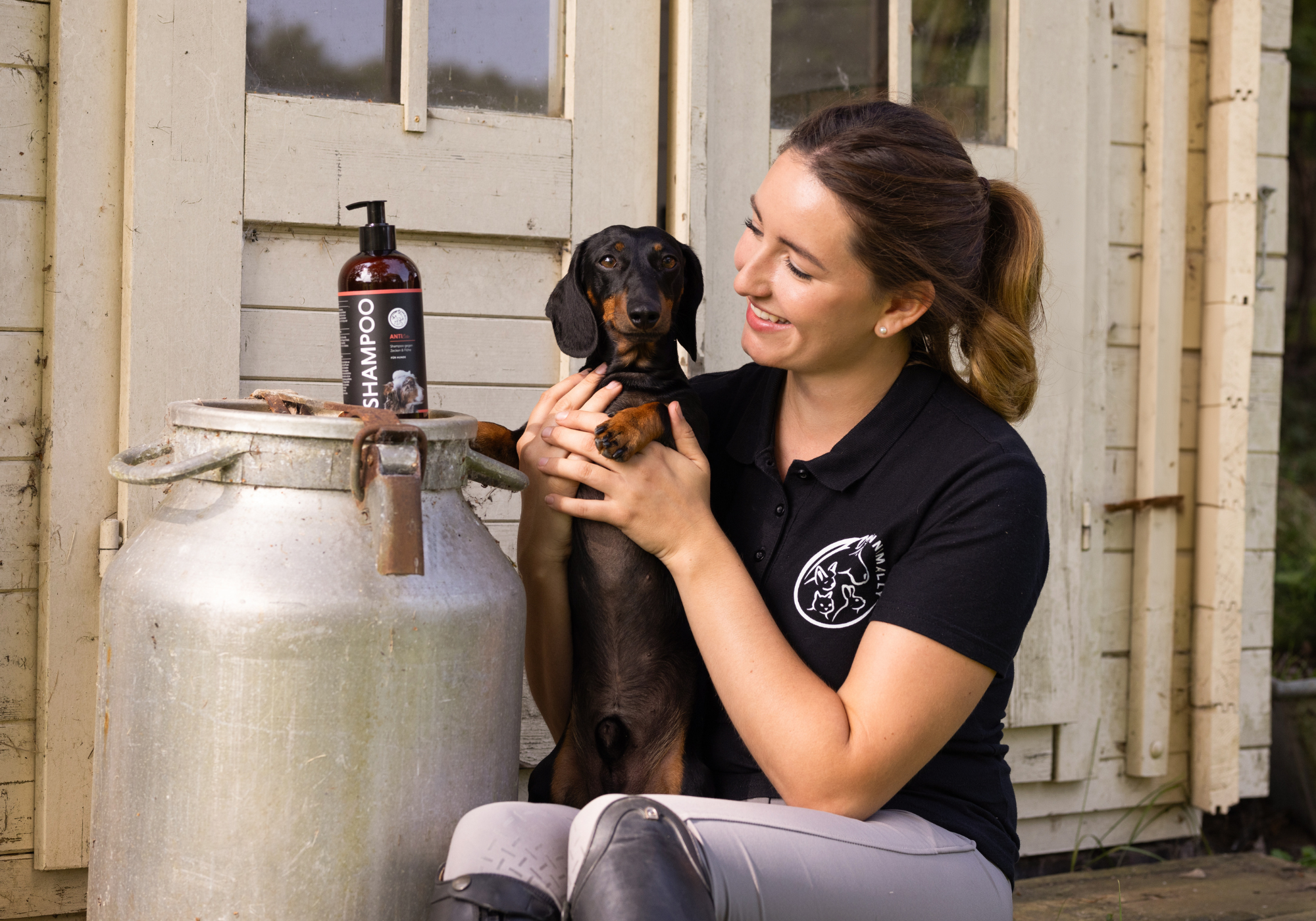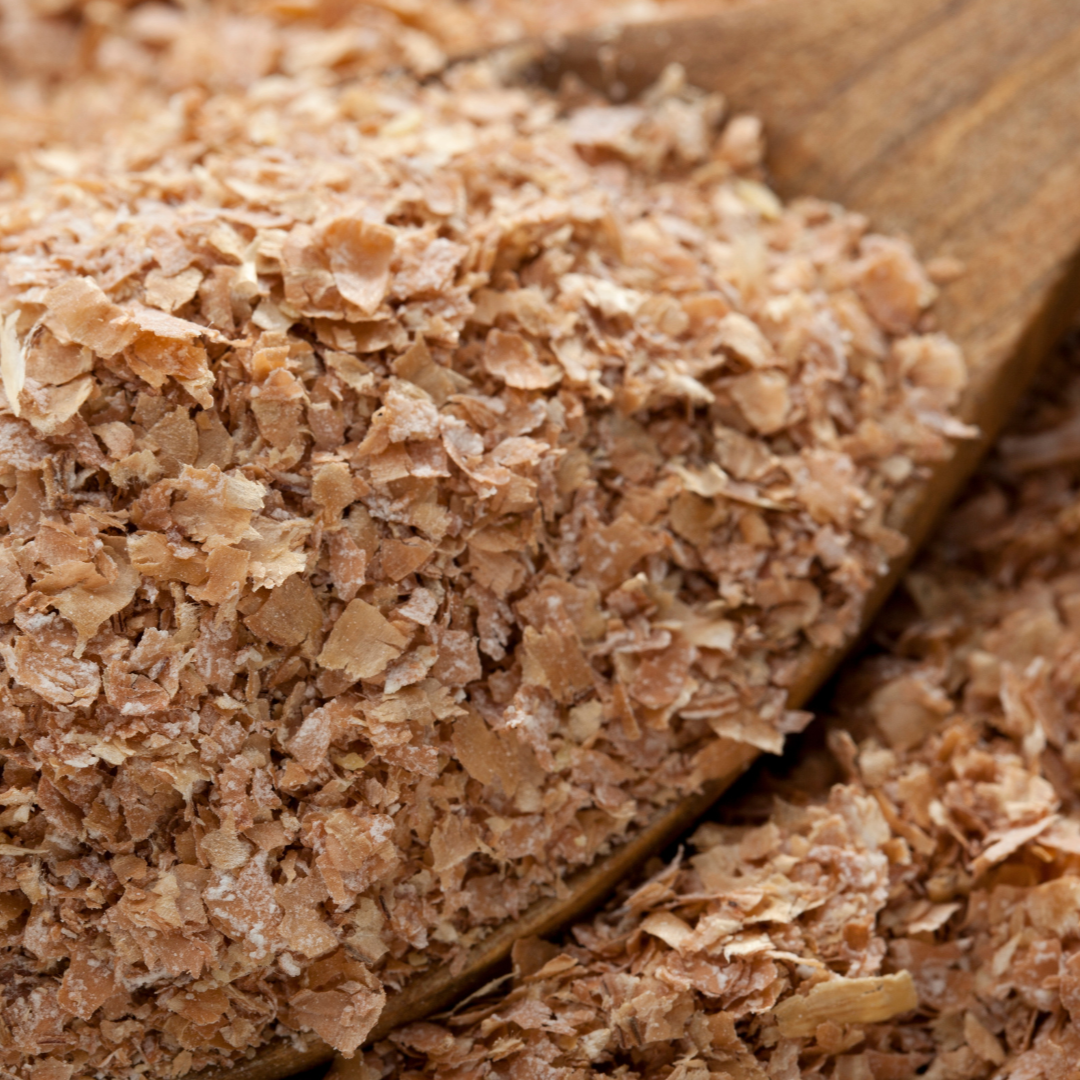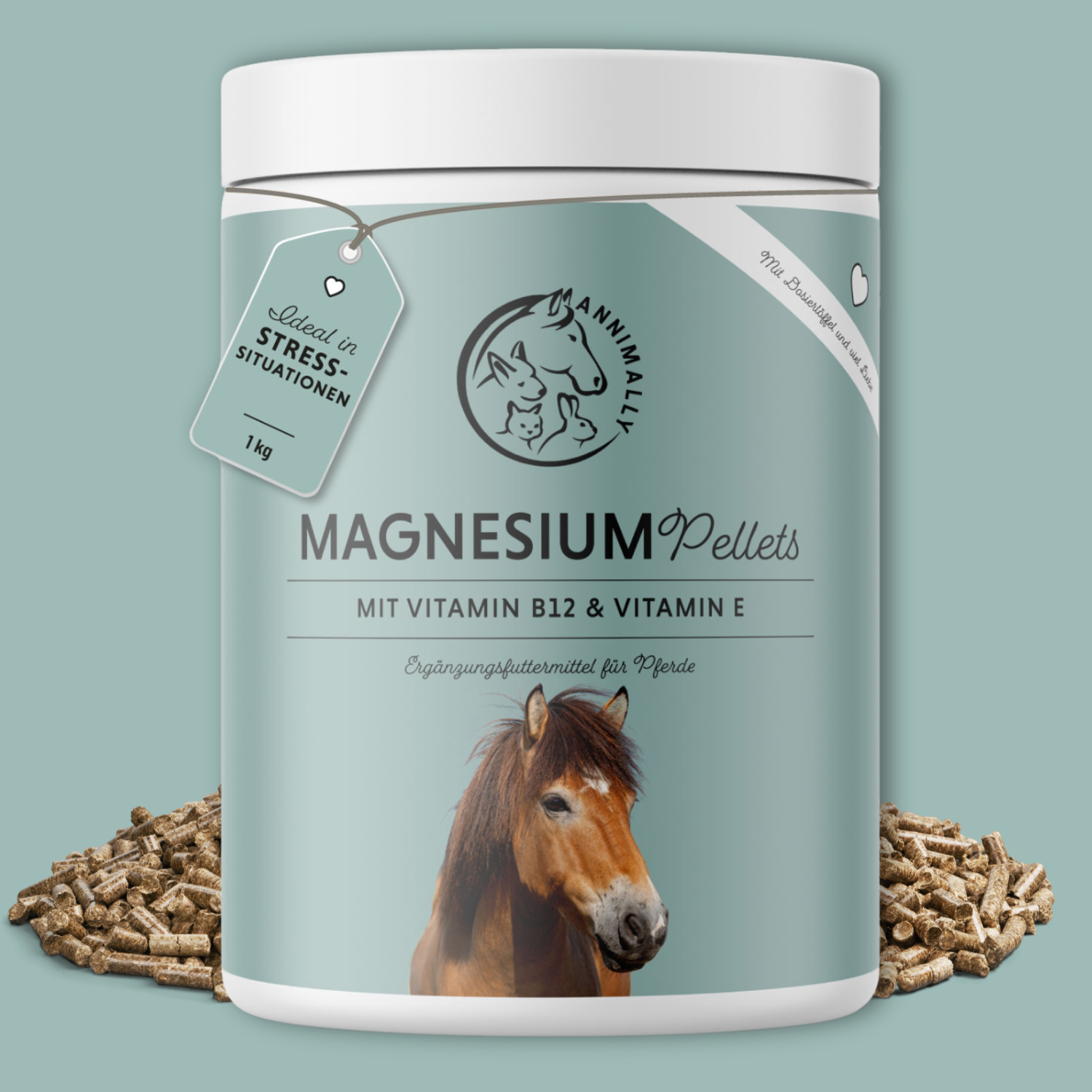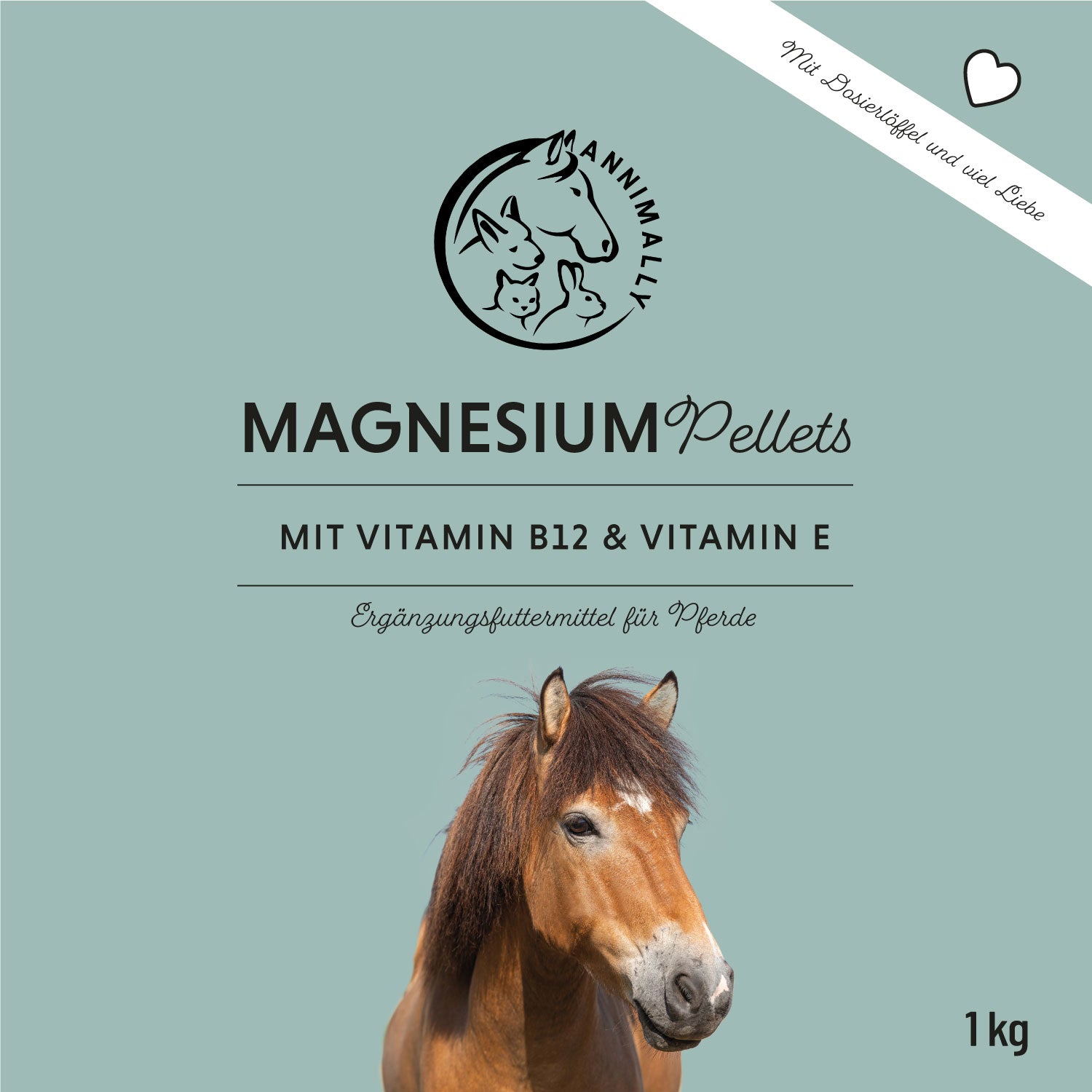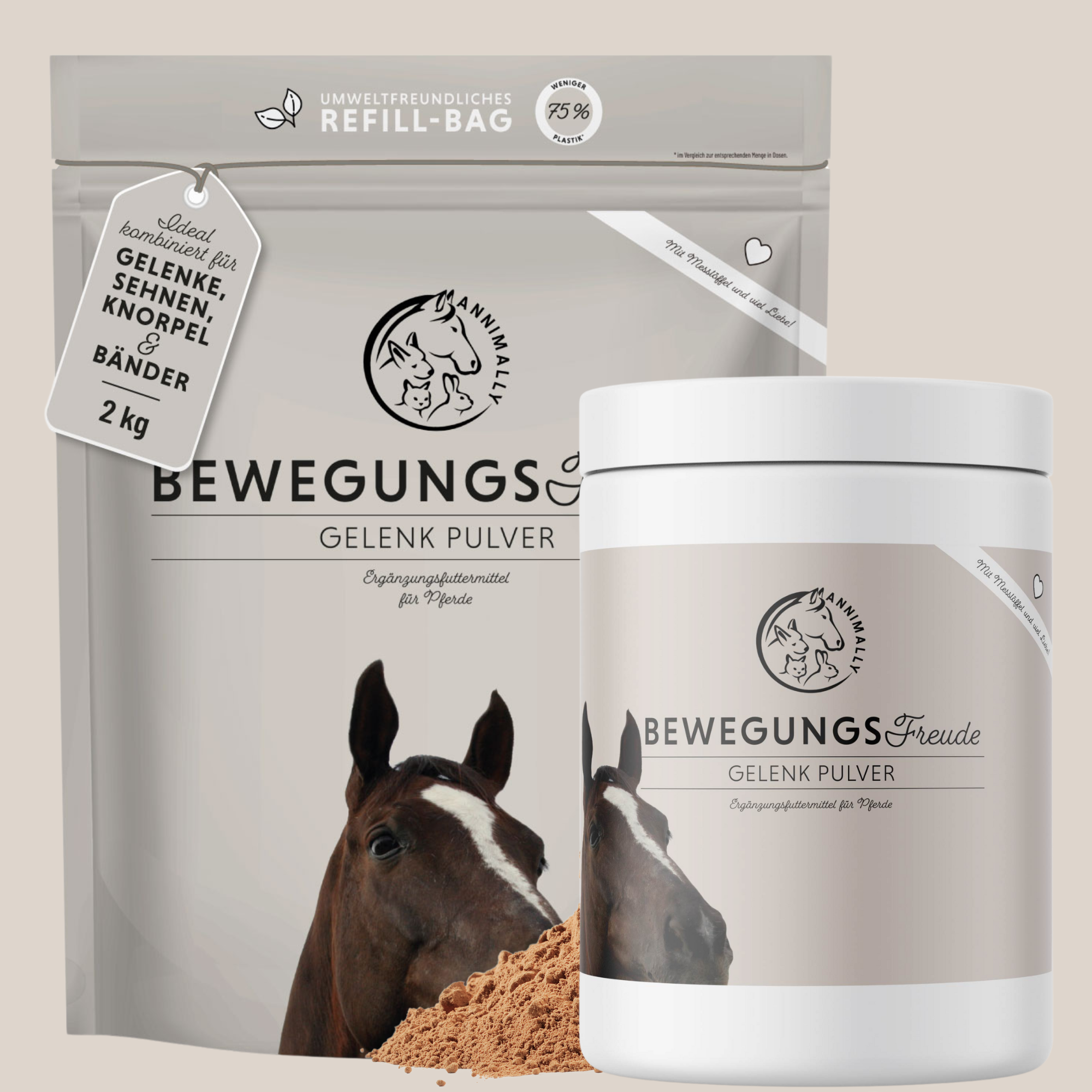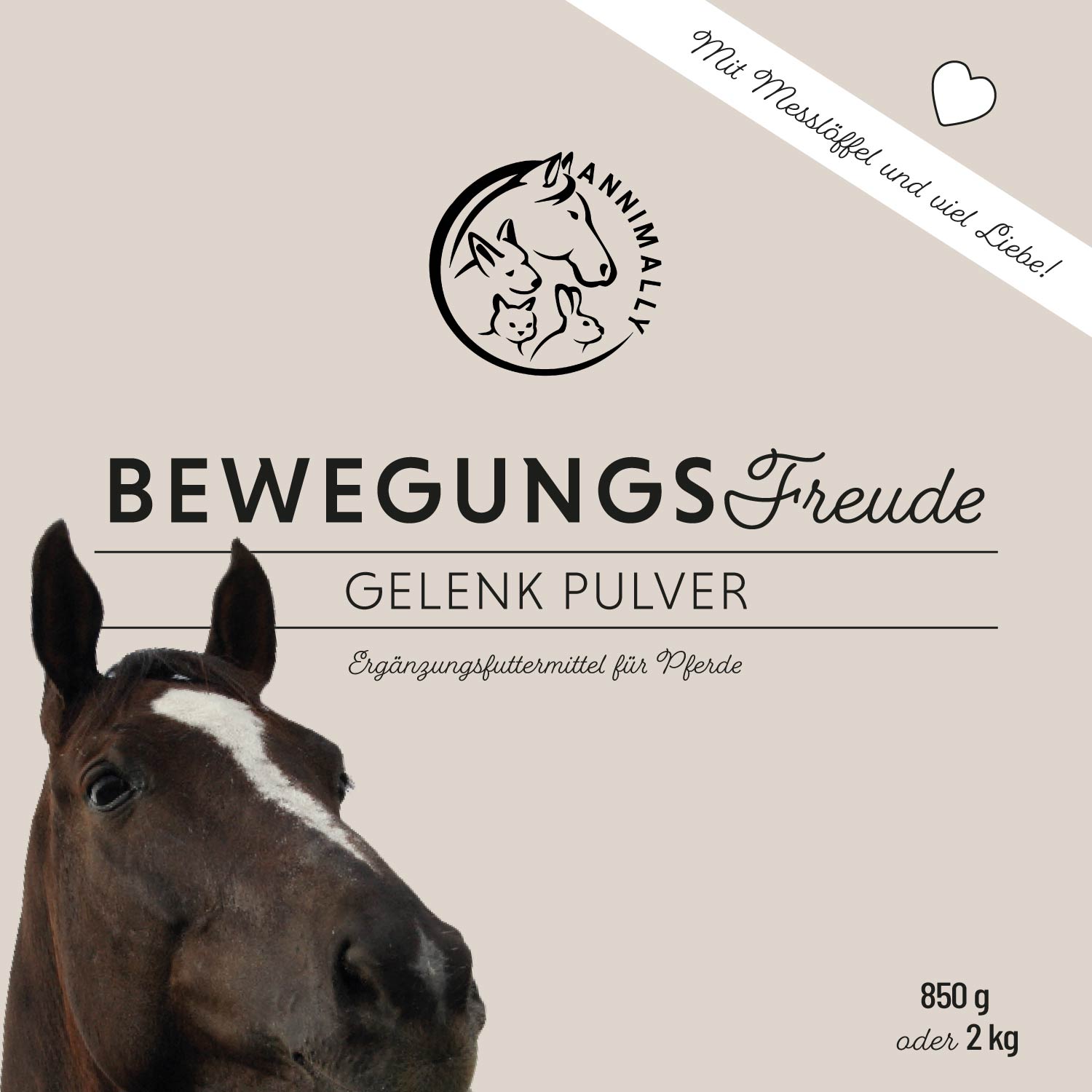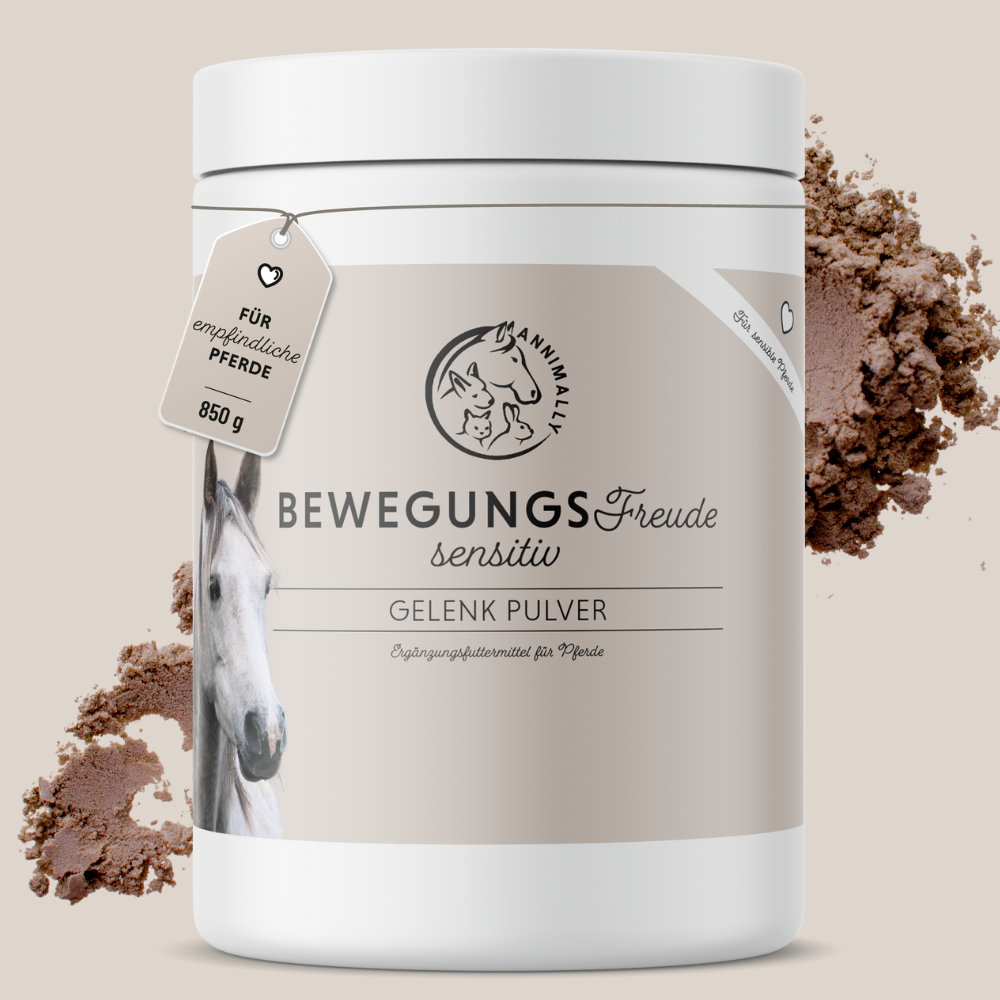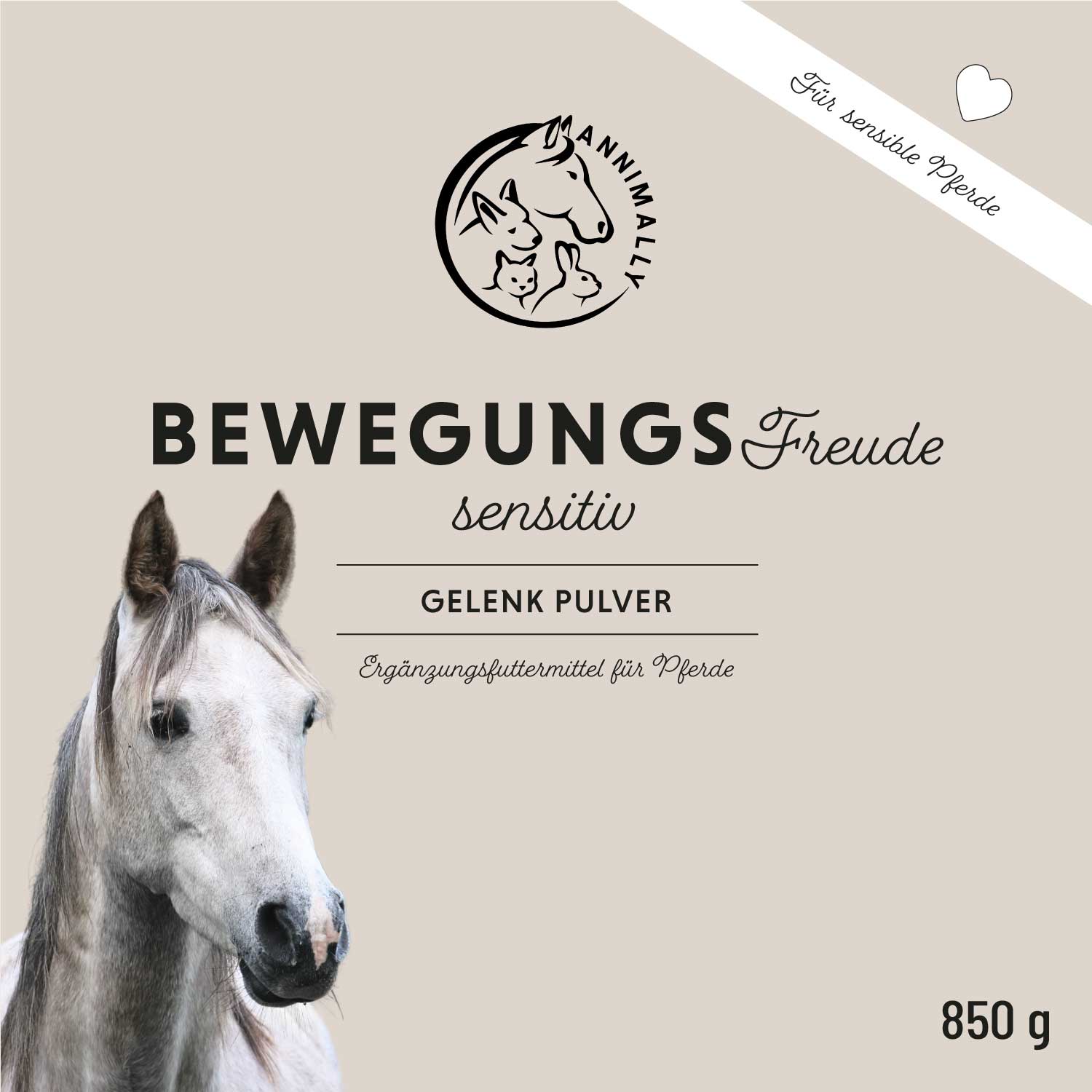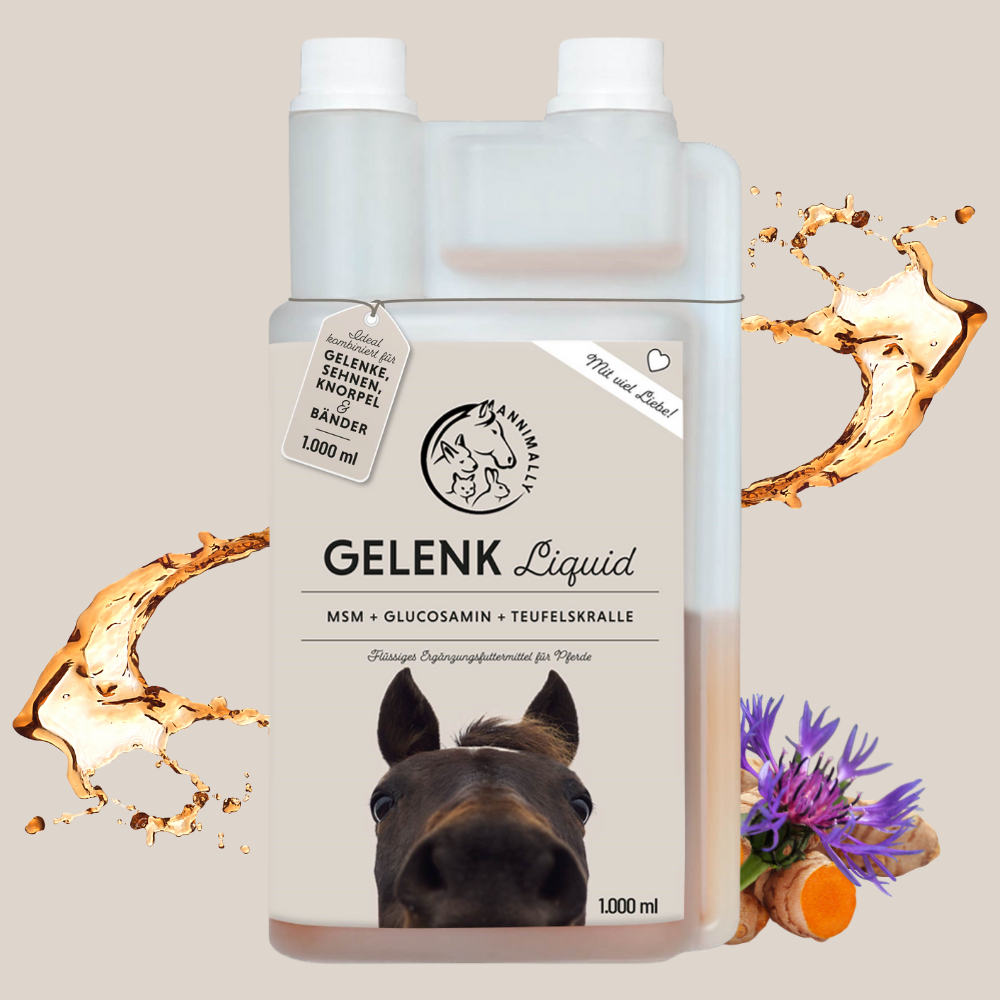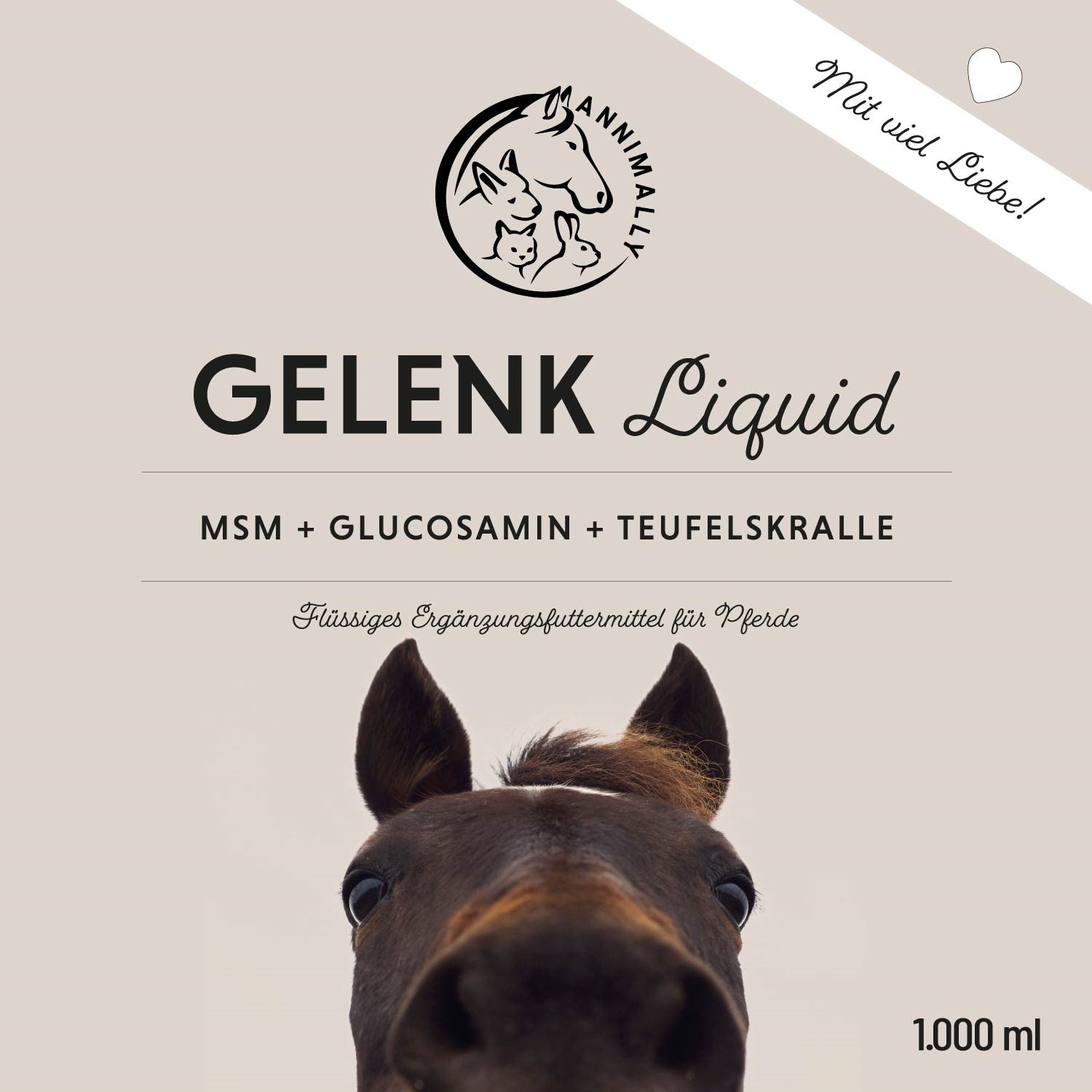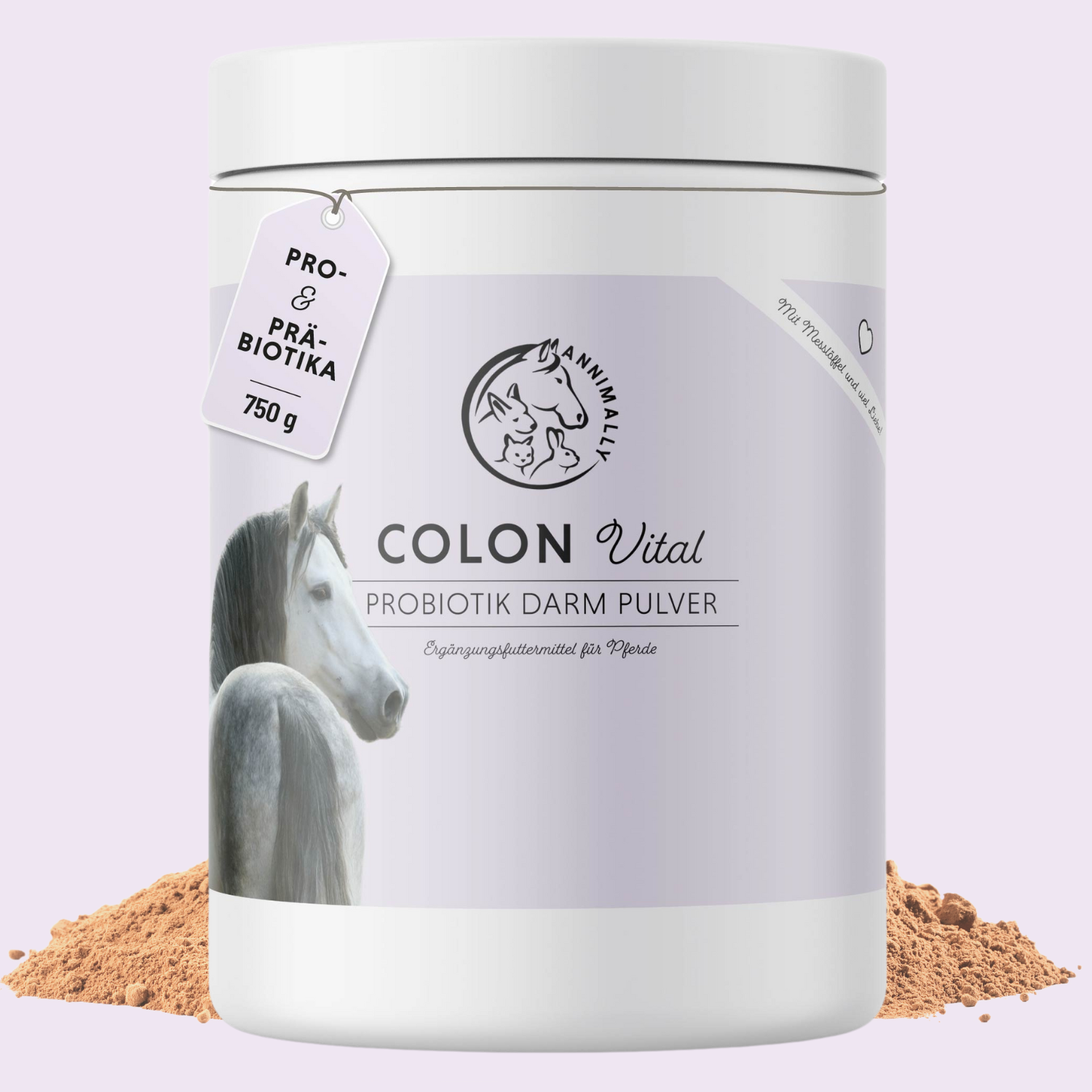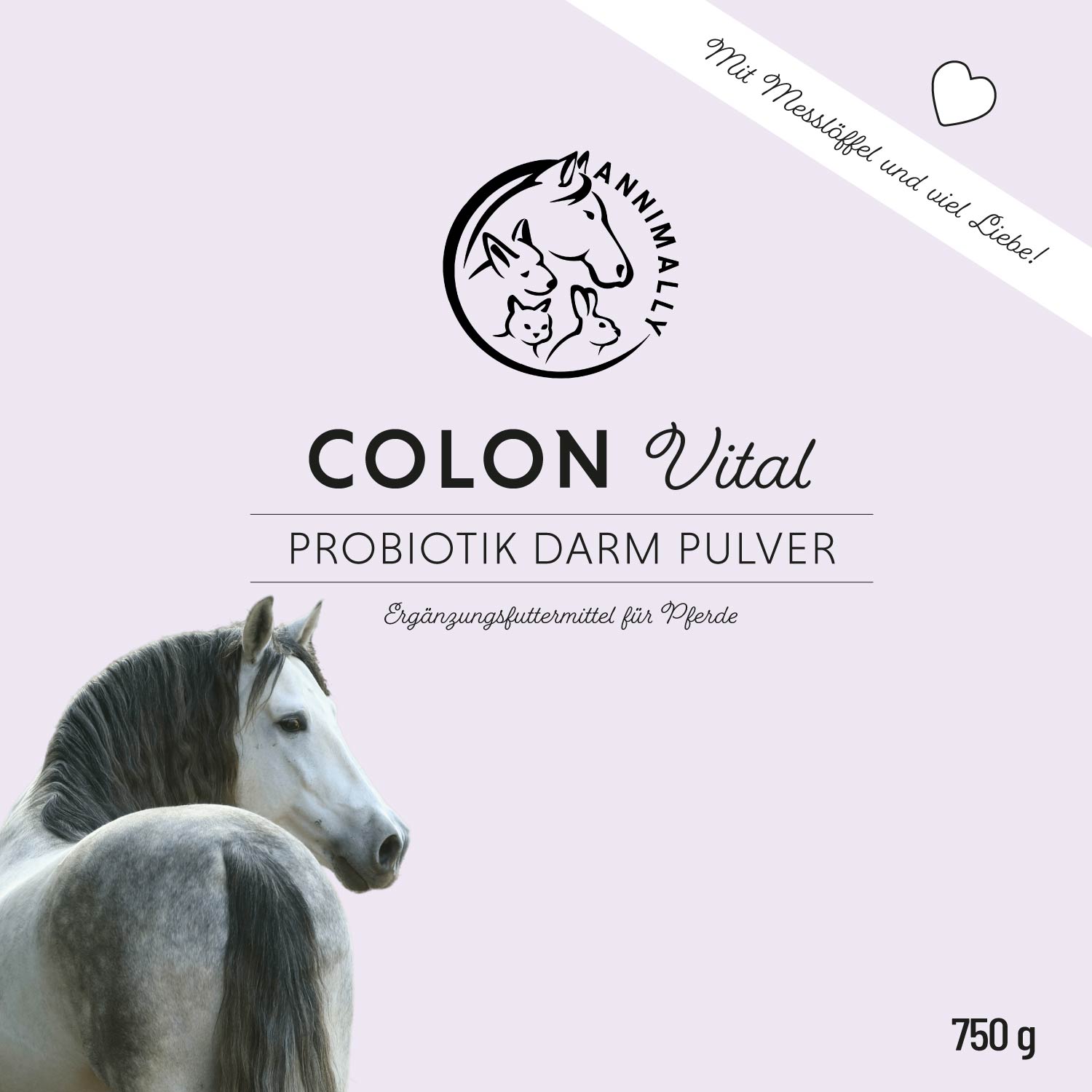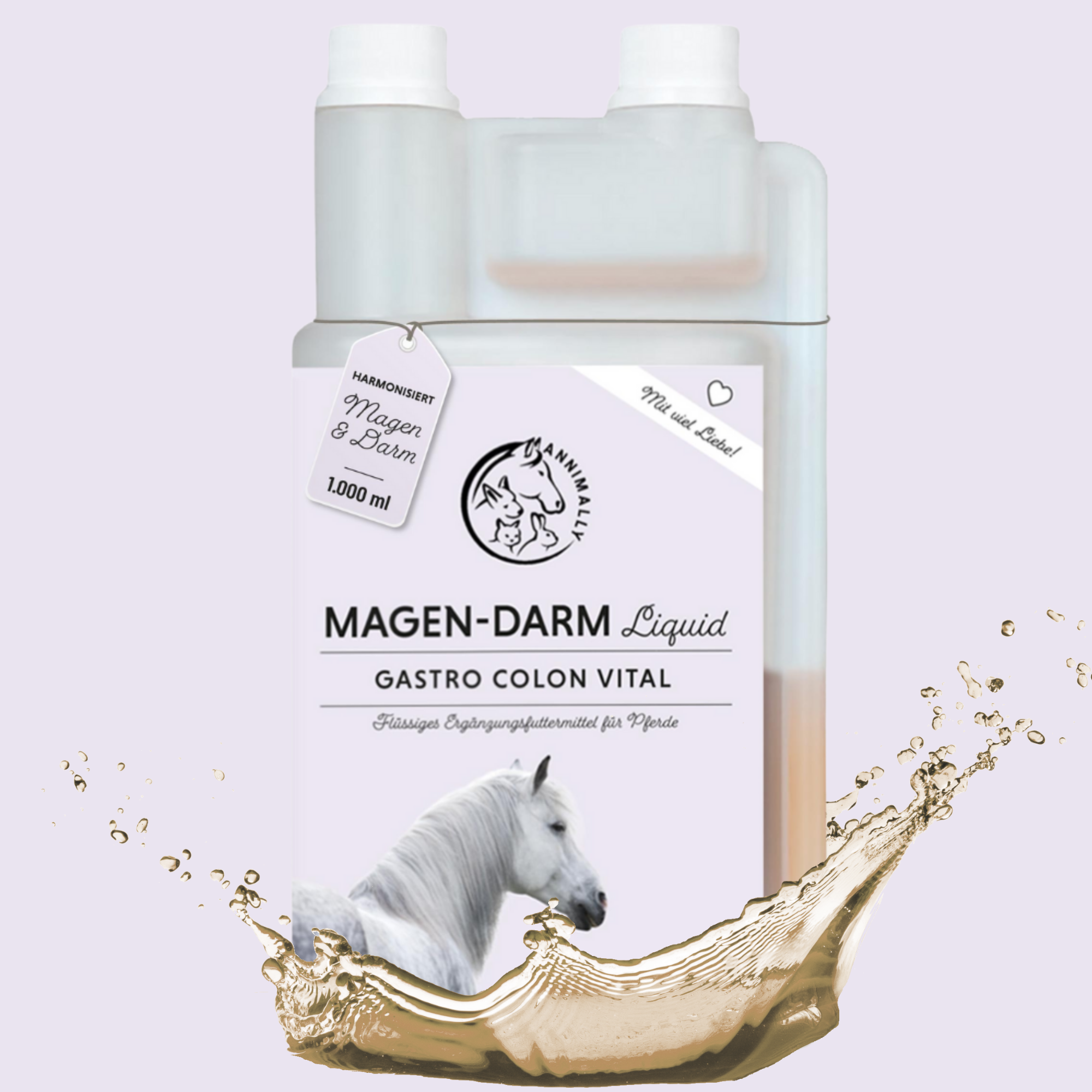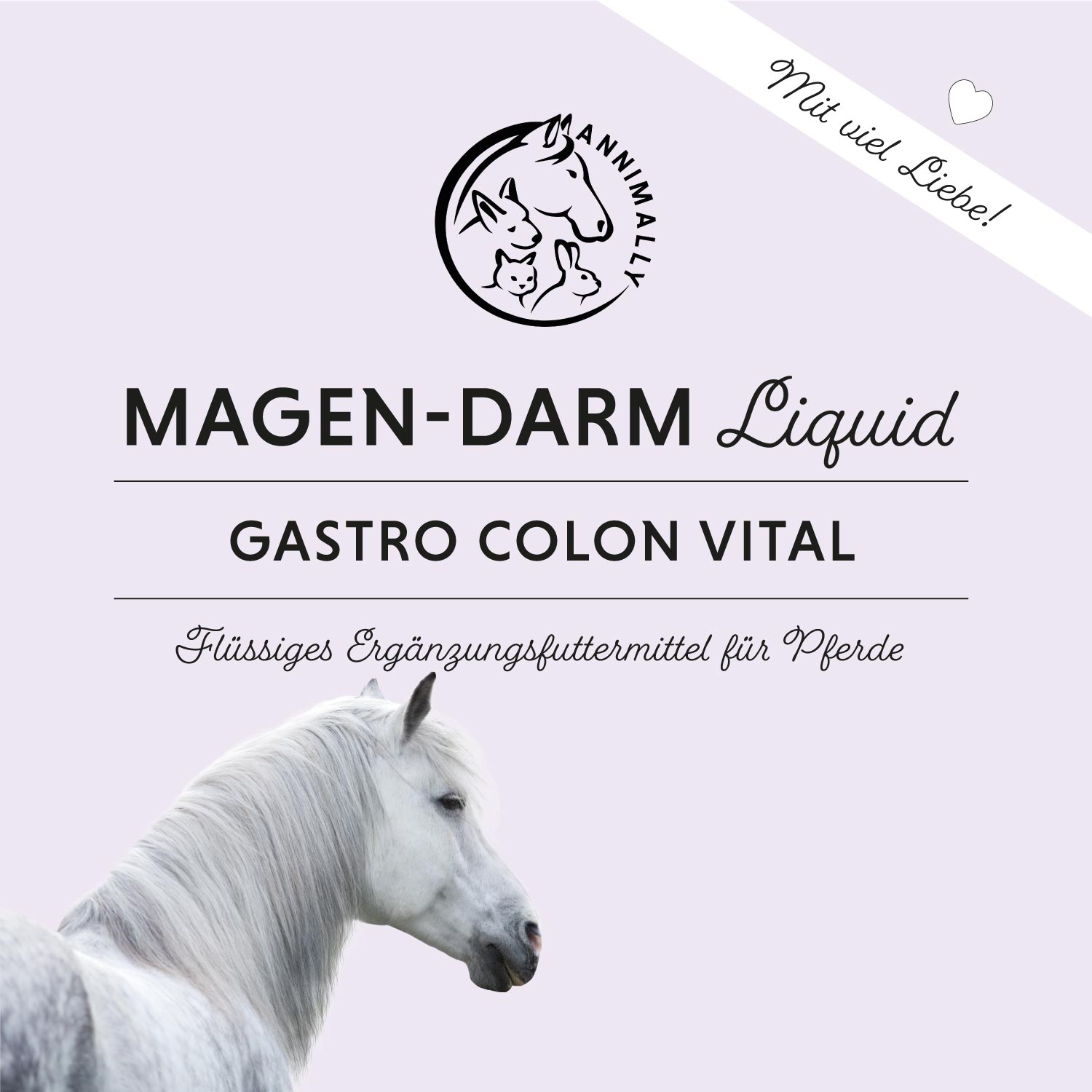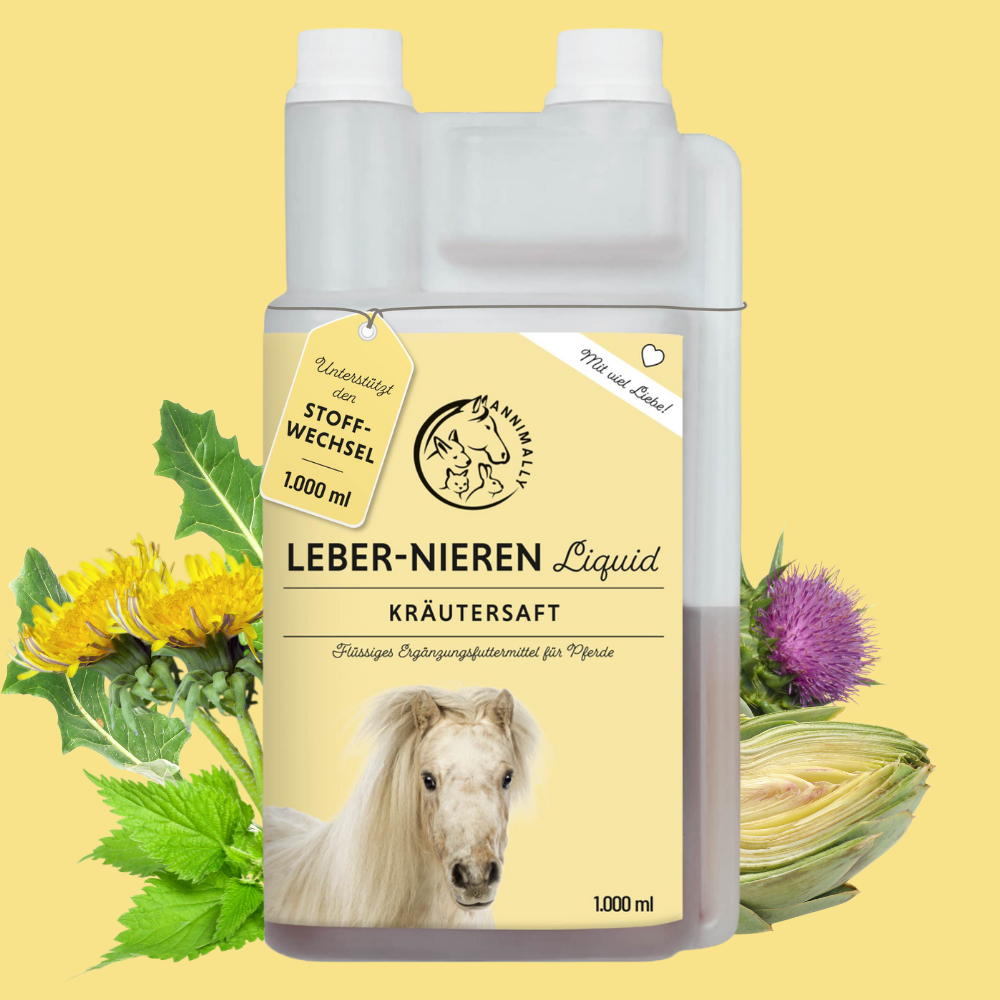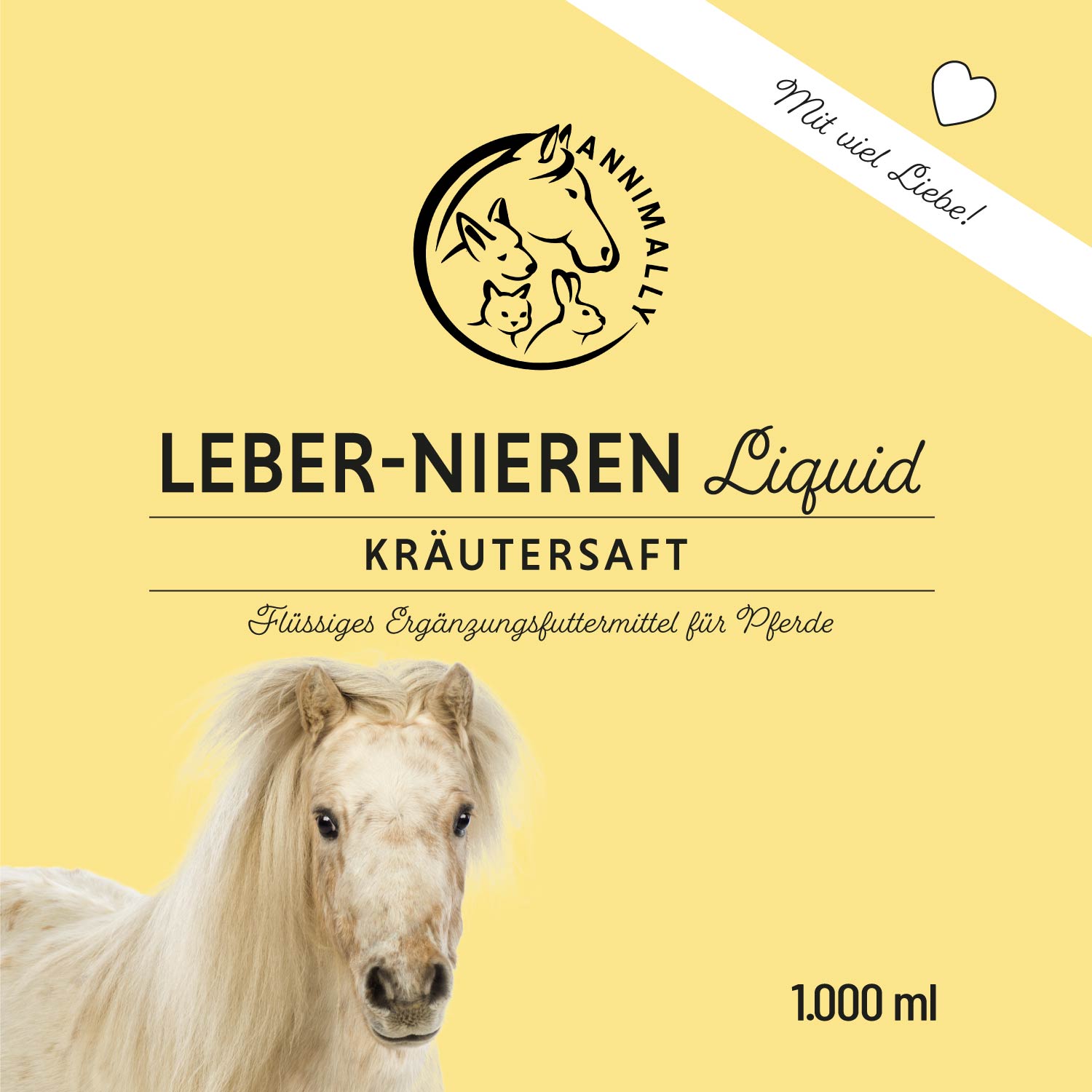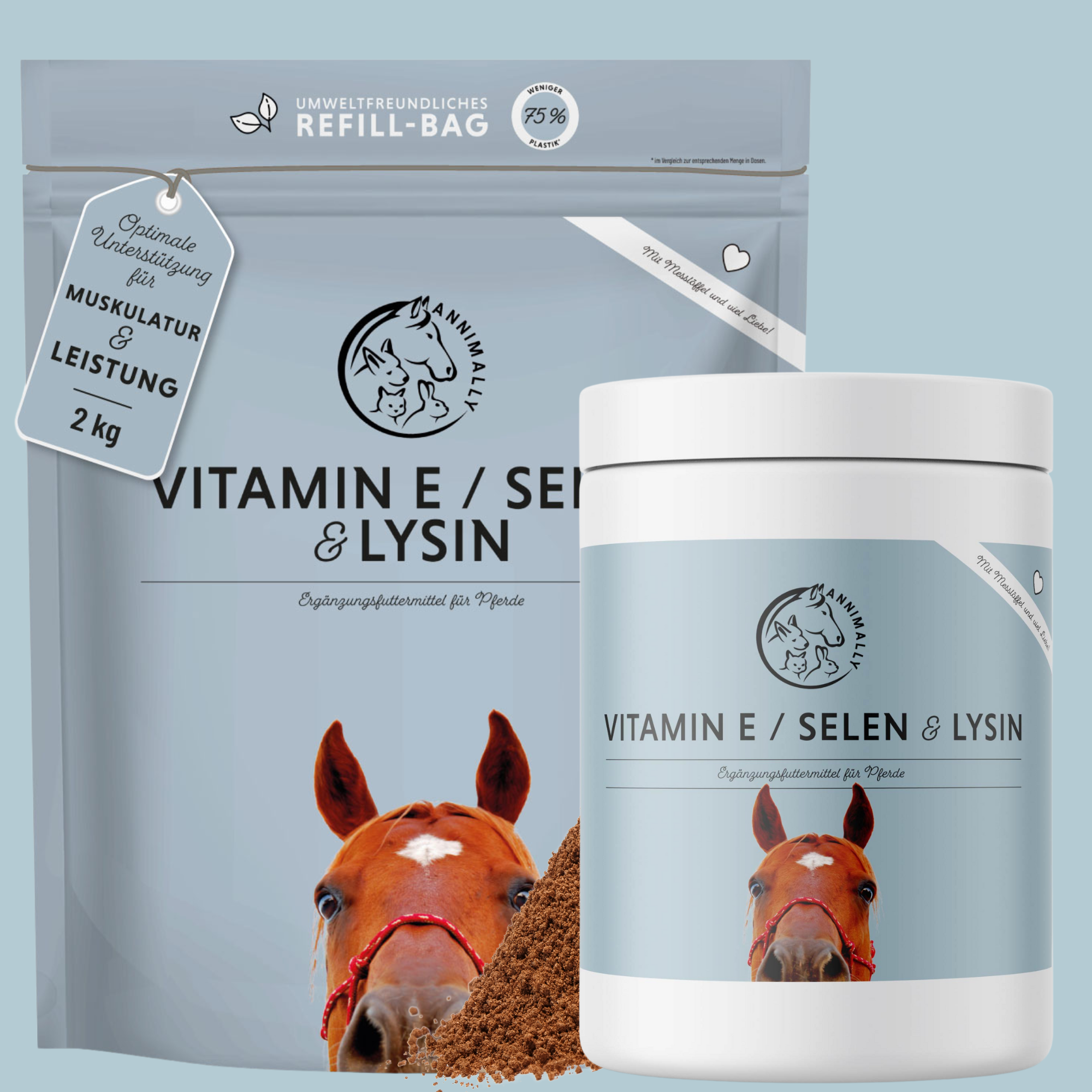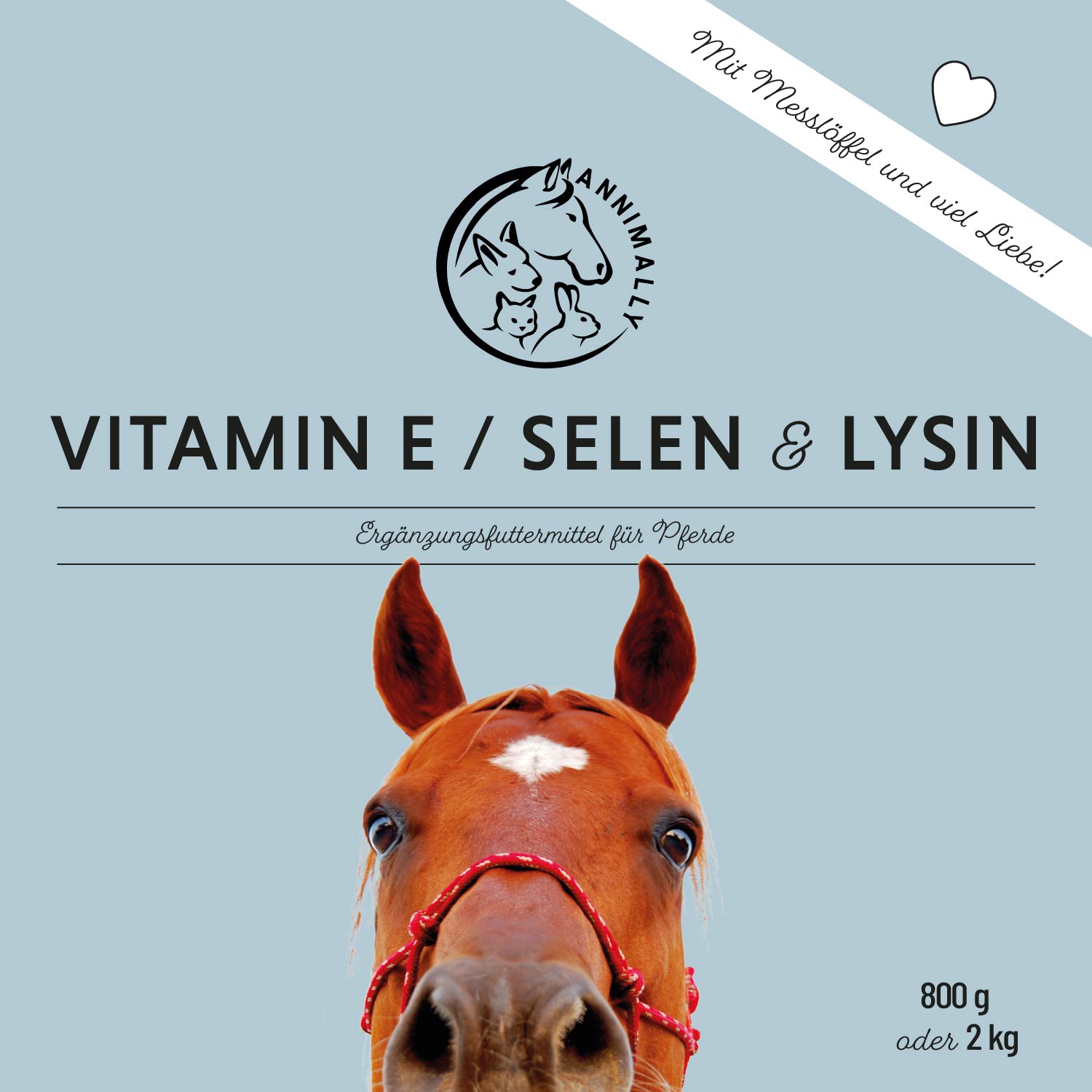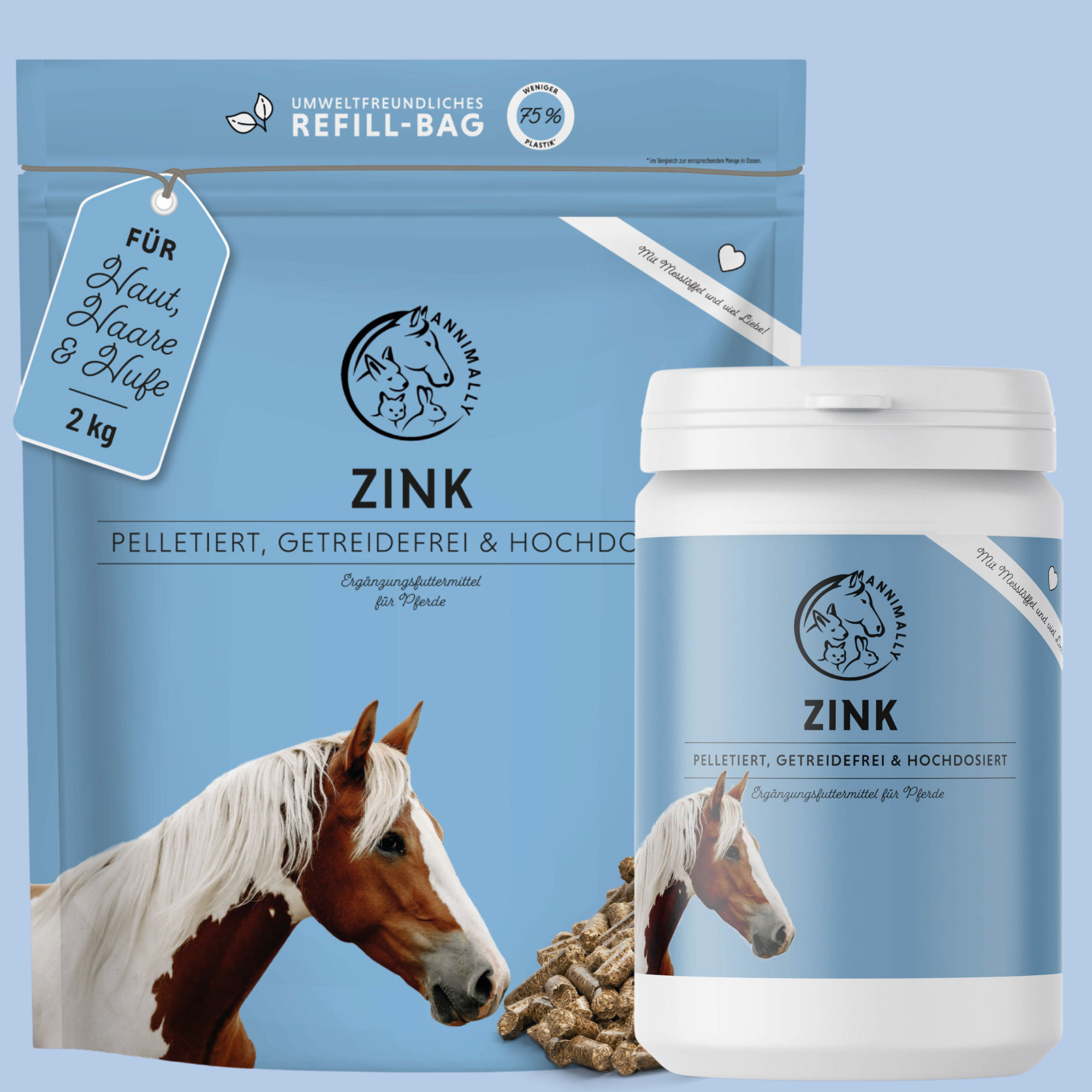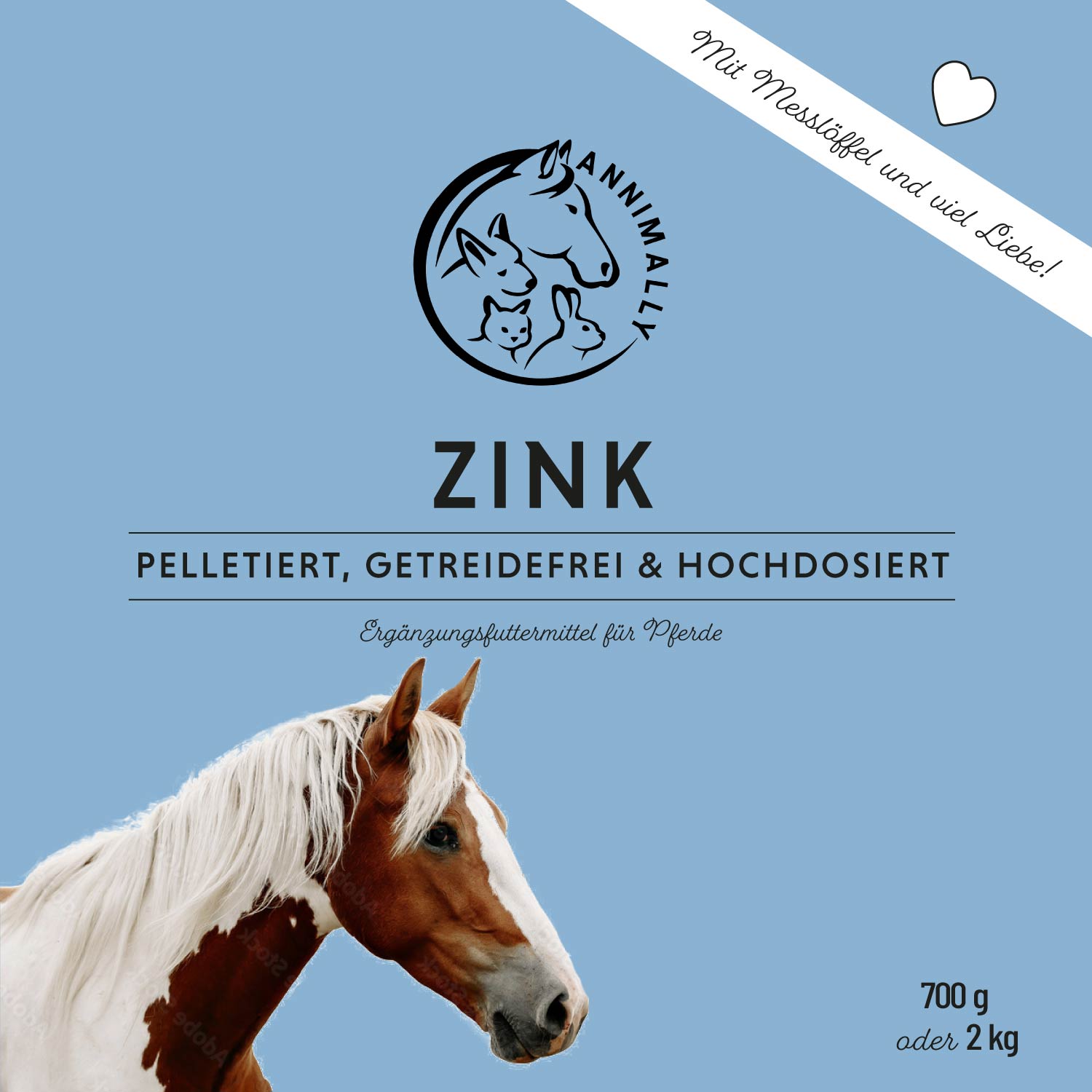Wheat semolina bran for horses – Interesting facts about this underrated feed
If you're intensively involved in horse feeding, sooner or later you'll come across various feeds that are considered byproducts of grain processing. One of these is wheat semolina bran—a term that may not be as familiar as oats, barley, or traditional bran, but can certainly play an interesting role in the diet of horses.
In this article, you'll learn what wheat semolina bran is all about for horses, what ingredients it contains, what its effects are, and how to properly integrate it into your horse's feed. We'll also take a look at health issues like colic, gastritis, and even laminitis, which can be specifically addressed with the right feeding method.
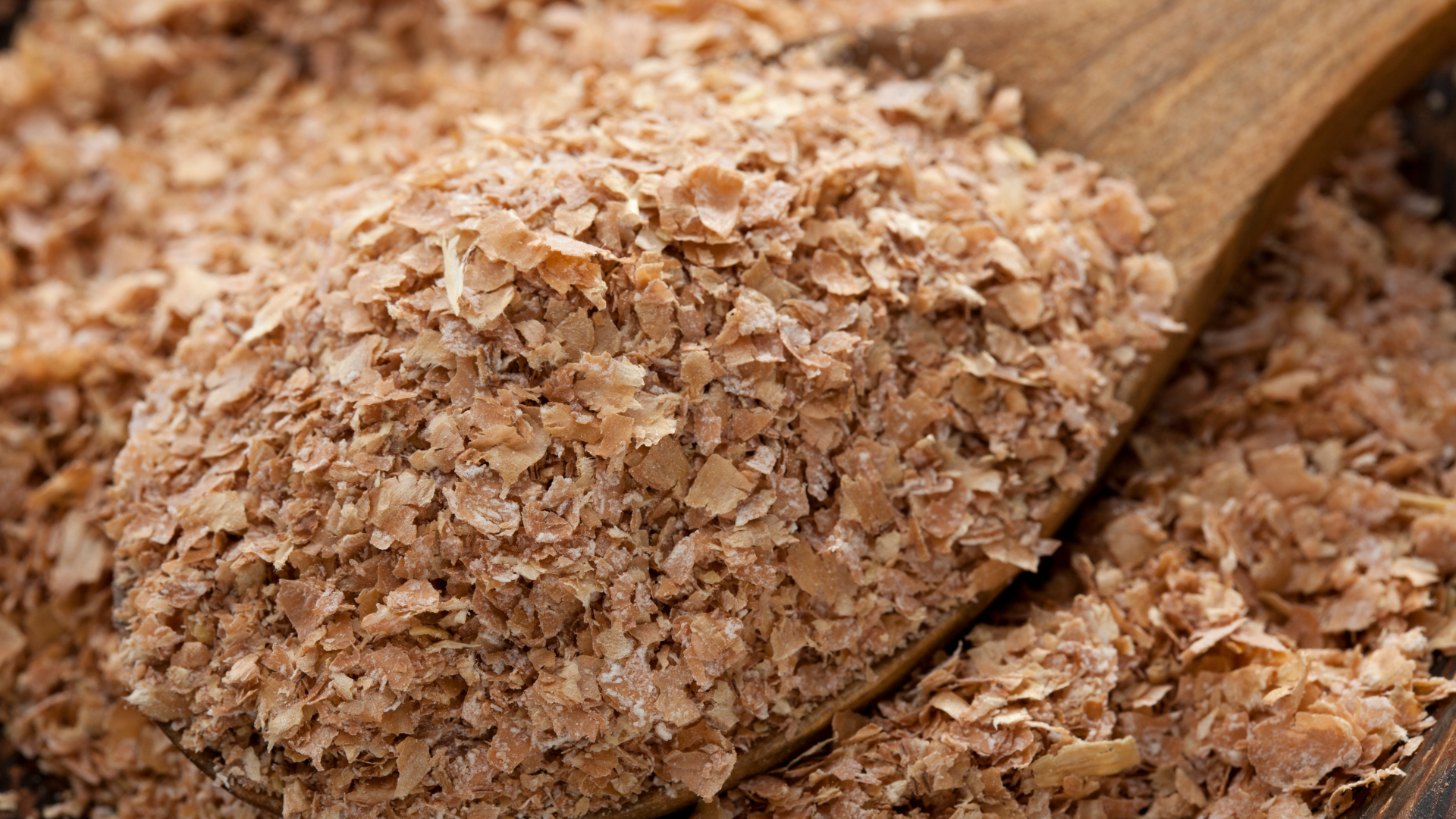
What is semolina bran anyway?
Wheat semolina bran is a byproduct of industrial grain processing, more specifically, the processing of wheat into flour. This leaves behind a residual product consisting of fine particles of the endosperm, the hulls, the aleurone layer, and other components of the wheat kernel.
In contrast to classic wheat bran, which consists mainly of the outer layers of the grain, wheat semolina bran also contains a higher proportion of starch and energy-providing components.
This mixture makes it an attractive feed for many horses, especially in addition to structured roughage and other supplements such as linseed, mash or mineral feed.
The ingredients of wheat semolina bran
What makes semolina bran so special? Here's an overview of its key ingredients:
-
Starch : Provides quickly available energy, but should be fed in moderation
-
Crude fiber : Lower crude fiber content than classic wheat bran, but better digestible
-
Protein : Contains important amino acids such as methionine and lysine
-
Minerals : Relatively high magnesium and phosphorus content
-
Fiber : Supports digestion when the amount is right
This combination is particularly useful if your horse has an increased need for energy – for example during work, illness or when recovering after a period of weakness.
Wheat semolina bran as part of the feed ration – When is it useful?
Not every horse needs semolina bran—the decision depends largely on your horse's condition and the composition of the rest of their feed. Here are a few reasons why you might consider semolina bran:
-
Increase energy intake without feeding too much fat
-
Supplement for horses that are too thin or in training
-
Support for sensitive stomachs
-
Low-structure concentrate feed when coarse components are difficult to absorb
Important: The digestibility of wheat semolina bran is higher than that of pure wheat bran, but not comparable to the whole wheat grain. Therefore, it should always only be a portion of the feed ration—not a complete replacement for hay, oats, or other basic feeds.
Tips for feeding horses – How to use wheat semolina bran correctly
If you want to use wheat semolina bran, you should consider the following information:
-
Feeding amount : As a rough rule of thumb, you can use about 0.2–0.5 kg per day for a large horse.
-
Sources : Pay attention to high-quality sources. Wheat semolina bran is often included in mash mixes.
-
Water absorption : Be sure to soak in water, as dry bran can swell.
-
Combinations : Ideal with mineral feed or structurally rich feed such as hay cubes.
-
Supplement : Use specifically when there is increased need or to aid digestion.
Wheat semolina bran vs. other feeds – a comparison
|
Animal feed |
Energy content |
Crude fiber content |
Suitability for horses |
|---|---|---|---|
|
Wheat semolina bran |
Medium |
Low |
Supplementary |
|
Wheat bran |
Low |
High |
Digestive |
|
Oats |
High |
Medium |
Classic concentrated feed |
|
barley |
High |
Low |
Energy-oriented |
|
linseed |
Medium |
High |
For skin & stomach |
|
Mash |
Variable |
High |
Regeneration & Digestion |
Unlike many concentrated feeds, wheat semolina bran is well tolerated – provided the rest of the feed ration is appropriate. However, you should be particularly careful with sensitive horses prone to colic or gastritis and consult an expert if necessary.
Which horses benefit most?
Not every horse needs wheat semolina bran, but in certain cases it can be very helpful:
-
Seniors with chewing problems
-
Horses recovering after illness
-
Horses with low condition
-
Horses in convalescence
-
Horses with weak digestive tracts
But: In cases of diseases such as laminitis or a high starch content in the rest of the feed, you should avoid wheat semolina bran or use it only with caution.
Conclusion: Wheat semolina bran – underestimated feed with potential
Wheat semolina bran is an interesting but often underestimated feed ingredient in horse feeding. As a byproduct of grain processing, it provides valuable nutrients, supports digestion, and can be a useful supplement for many horses—especially if you pay careful attention to their needs, digestibility, and composition.
Use this information to find the right place for semolina bran in your horse's feed ration – and remember: No feed can replace a good forage in a horse's diet, such as hay or grass. But when combined well, semolina bran can offer real added value – and contribute to your horse's health and performance.
